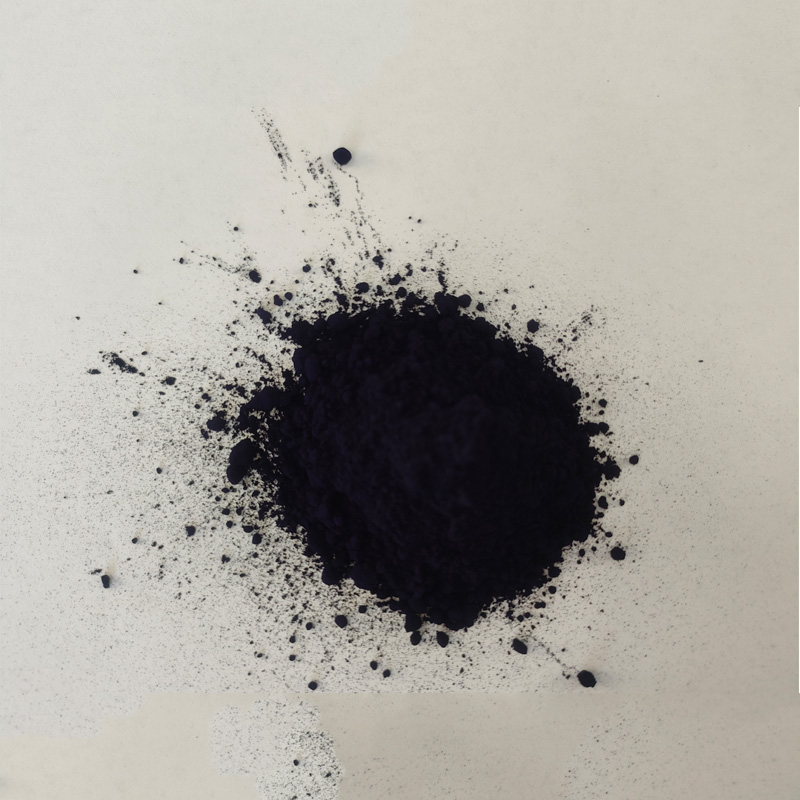Traditional Indigo Dyed Cotton Fabric Celebrating Heritage and Craftsmanship
The Allure of Indigo Dyed Cotton Fabric
Indigo dyed cotton fabric has a rich history that spans centuries and cultures, captivating artisans and fashion enthusiasts alike. Known for its deep blue hue and unique patterns, this fabric embodies a blend of tradition, artistry, and sustainable practices that resonate with contemporary values.
Historical Context
The origins of indigo dyeing can be traced back over 6,000 years to ancient civilizations in India, where the indigo plant, known scientifically as *Indigofera tinctoria*, was first cultivated. The process of extracting dye from the leaves to color textiles became a significant art form in various cultures, including in Asia, Africa, and the Americas. Each region developed unique techniques that not only enhanced the aesthetic value of the fabric but also expressed cultural identities.
In Japan, for example, indigo dyeing (known as aizome) has a long-standing tradition that became renowned during the Edo period. Artisans adopted various resist dyeing techniques, such as shibori, to create intricate patterns on the fabric. These methods required skill and precision, leading to stunning and wearable works of art. The textile's durability and natural antibacterial properties made it an excellent choice for everyday wear, further solidifying its place in the global textile landscape.
The Dyeing Process
The process of dyeing cotton with indigo is both fascinating and labor-intensive. It begins with the preparation of the indigo dye by fermenting the leaves of the indigo plant in a vat of water, creating a thick sludge. This sludge is then aerated to develop the dye's vibrant color. When cotton fabric is submerged in the mixture, it absorbs the dye. Upon exposure to air, the fabric oxidizes and changes from green to a rich, deep blue—this transformation is one of the magical aspects of indigo dyeing.
The depth of color achieved can vary widely, depending on the number of dips in the dye vat and the technique applied. Some artisans may use binding techniques to create elaborate designs, leading to a tapestry of colors and patterns that speak to the wearer's story or cultural heritage.
famous indigo dyed cotton fabric

Modern Applications and Sustainability
In recent years, the appreciation for indigo dyed cotton fabric has surged, bolstered by a global movement toward sustainable fashion. As consumers become more conscious of their purchasing decisions, many are opting for natural dyes and traditional methods that have a significantly lower environmental impact compared to synthetic alternatives.
Brands and designers are increasingly incorporating indigo dyed fabrics into their collections, recognizing their timeless appeal and versatility. From high-end fashion to casual wear, the deep blue tones and unique patterns of indigo fabric can be adapted to various styles, making it a precious addition to any wardrobe. The fabric’s adaptability also lends itself well to interior design, with indigo-dyed textiles bringing a touch of elegance and comfort to home furnishings.
The Cultural Revival
In addition to its environmental benefits, the resurgence of interest in indigo dyed cotton has sparked a cultural revival, as artisans and communities work to keep traditional dyeing techniques alive. Workshops and educational programs are being established around the world, allowing a new generation to connect with their cultural heritage while embracing sustainable practices.
Furthermore, social enterprises are leveraging indigo dyeing to empower local artisans, especially women, by providing them with a platform to showcase their skills and earn a sustainable income. This not only helps preserve traditional crafts but also contributes to economic development within communities.
Conclusion
Indigo dyed cotton fabric is more than just a textile; it is a symbol of rich cultural heritage, artistic expression, and sustainable practices. As we continue to honor its history while embracing modern innovations, this fabric remains a source of inspiration and beauty in a world increasingly focused on sustainability and individuality. Whether draped as clothing or used in home decor, indigo dyed cotton fabric invites us all to appreciate the artistry and tradition woven into each piece.
-
The Timeless Art of Denim Indigo Dye
NewsJul.01,2025
-
The Rise of Sulfur Dyed Denim
NewsJul.01,2025
-
The Rich Revival of the Best Indigo Dye
NewsJul.01,2025
-
The Enduring Strength of Sulphur Black
NewsJul.01,2025
-
The Ancient Art of Chinese Indigo Dye
NewsJul.01,2025
-
Industry Power of Indigo
NewsJul.01,2025
-
Black Sulfur is Leading the Next Wave
NewsJul.01,2025

Sulphur Black
1.Name: sulphur black; Sulfur Black; Sulphur Black 1;
2.Structure formula:
3.Molecule formula: C6H4N2O5
4.CAS No.: 1326-82-5
5.HS code: 32041911
6.Product specification:Appearance:black phosphorus flakes; black liquid

Bromo Indigo; Vat Bromo-Indigo; C.I.Vat Blue 5
1.Name: Bromo indigo; Vat bromo-indigo; C.I.Vat blue 5;
2.Structure formula:
3.Molecule formula: C16H6Br4N2O2
4.CAS No.: 2475-31-2
5.HS code: 3204151000 6.Major usage and instruction: Be mainly used to dye cotton fabrics.

Indigo Blue Vat Blue
1.Name: indigo blue,vat blue 1,
2.Structure formula:
3.Molecule formula: C16H10N2O2
4.. CAS No.: 482-89-3
5.Molecule weight: 262.62
6.HS code: 3204151000
7.Major usage and instruction: Be mainly used to dye cotton fabrics.

